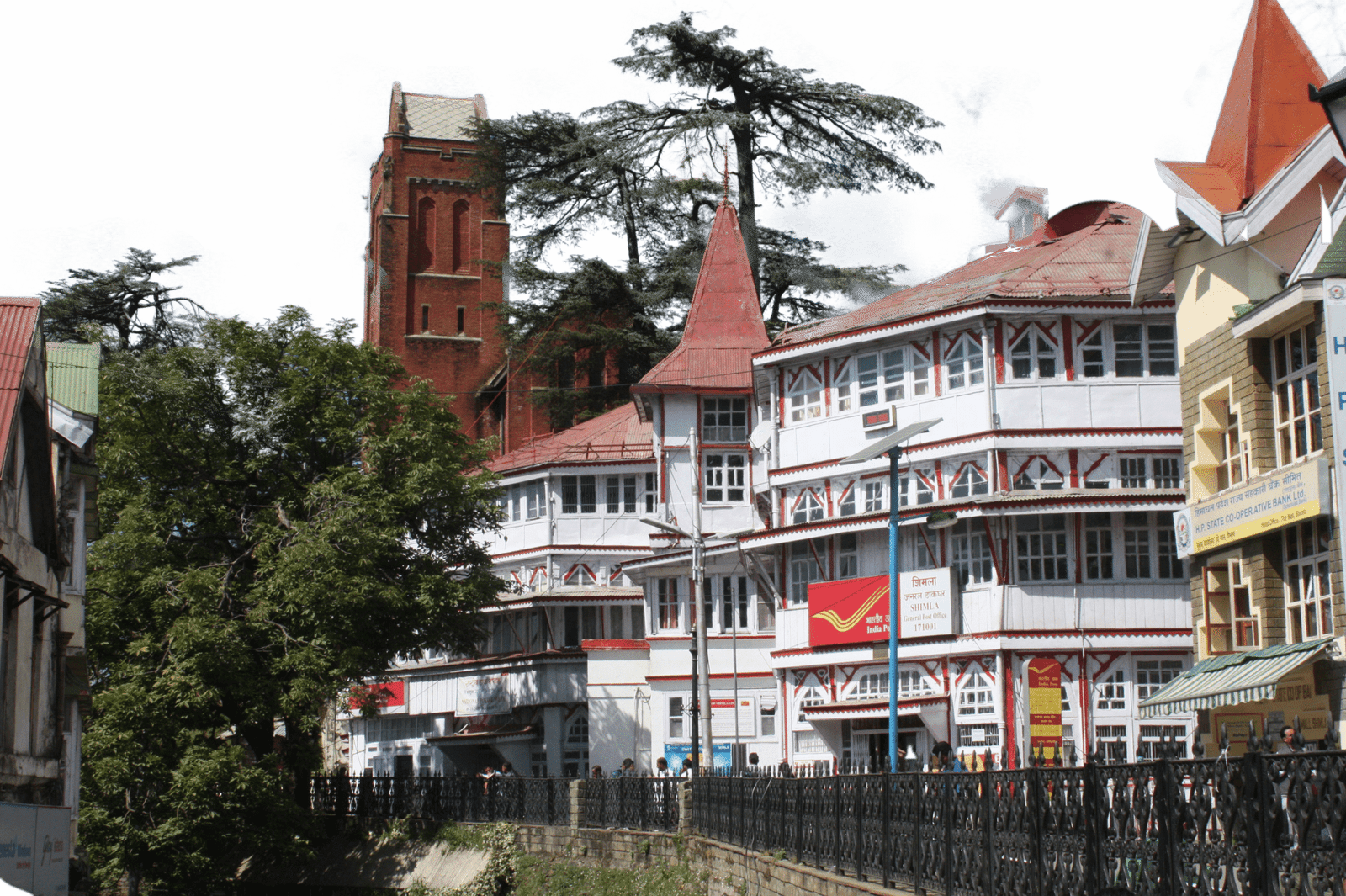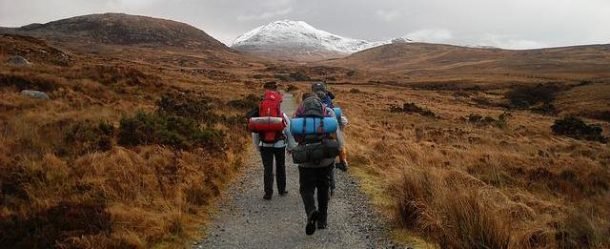
Shimla – A Museum of Architecture is tucked amidst the pine and deodar forests of Himachal Pradesh. Shimla isn’t just a hill station—it’s a timeless tale etched in stone and shingle. Once the summer capital of British India, Shimla – the Museum of Architecture wears its colonial past like a vintage cloak, dignified yet deeply woven with stories. As you walk its winding lanes, each building seems to whisper a fragment of history, and every gable and wrought iron railing tells a tale of an era gone by.
The British Blueprint
When the British discovered Shimla and made it a Museum of Architecture, in the early 19th century, they were quick to realize its potential—not just as a summer retreat but as a command center far from the sweltering plains. What followed was a construction boom that transformed a tiny and sleepy village Shimloo into a thriving administrative capital. Influenced by Tudor, Neo-Gothic, Victorian, Mansard, and Scottish architecture, the buildings of Shimla mirror the aesthetic ideals of the Empire, adapted ingeniously to the mountain terrain.
Viceregal Lodge
Standing proudly atop Observatory Hill, the Viceregal Lodge, now called the Indian Institute of Advanced Study is perhaps the most iconic colonial structure in Shimla. Built in 1888, this Scottish Baronial-style building was the residence of the British Viceroy of India. With its grey stone facade, grand teak-panelled interiors, and manicured gardens, it evokes the power and opulence of the Raj.
But beyond its majestic architecture lies political significance—it was here that many pivotal meetings leading up to India’s independence were held, including the 1945 Simla Conference. Today, it houses the Indian Institute of Advanced Study and remains a symbol of intellectual and architectural legacy.
Gaiety Theater
In the afternoon I decided to take a stroll. I left everything out in the garden. No one is going to touch them or steal them from here. Here in the hills where people live together and support each other in every manner, the stealing of anything cannot even be thought of.
I followed the new road dipping down towards the shallow ravine. That rivulet is fed by the number of springs or the baolis, as they are called locally. Some of them are hidden whereas some are visible and provide fresh water to the villagers. Many of the villagers walk down to the nearby spring every morning to fetch fresh water for drinking. One day Manohar, my young friend from the village led me to a baoli from where he gets water for his house. That was the first time when I drank water from that baoli
***
Written by
Sumit Raj, better known as Summit is the founder of Shimla Walks and a qualified tourism professional from Delhi University. Summit is a published author with six books to his credit, now. His seventh one titled ‘Shimla Walks’ is on the way and is to be released soon. Summit loves Himalayas and says that ‘Mountains travel in his veins with blood’.

